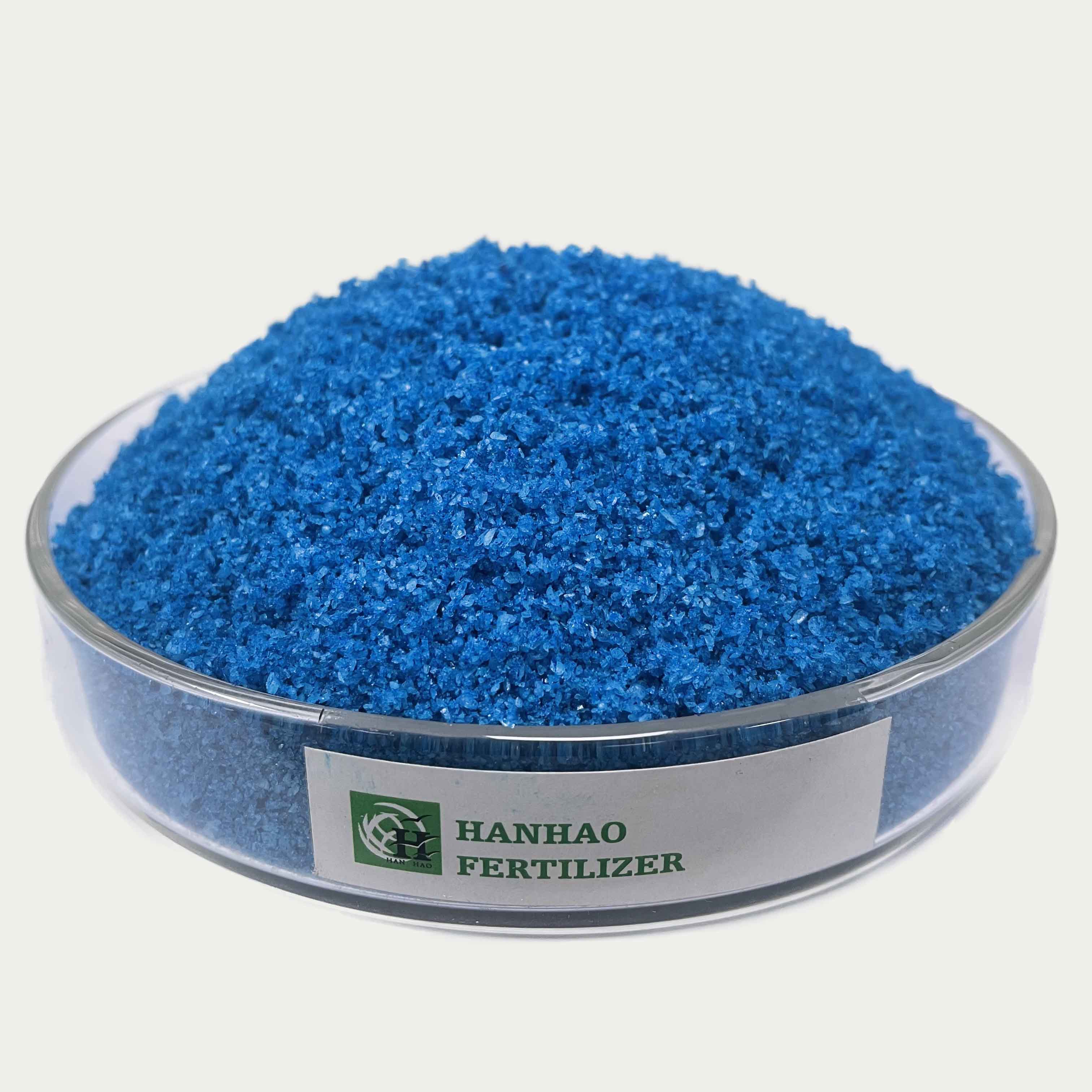
10 月 . 17, 2024 01:30 Back to list
fertilizer 20-5-10
Understanding Fertilizer 20-5-10 A Crucial Component for Plant Growth
Fertilizers play a pivotal role in modern agriculture and gardening, providing essential nutrients that help plants grow optimally. One widely used type of granular fertilizer is the 20-5-10 formulation. This specific blend is characterized by its nutrient ratio, which indicates the concentration of nitrogen (N), phosphorus (P), and potassium (K) in the product, respectively. Understanding what these numbers mean, along with how to effectively use this fertilizer, is crucial for anyone looking to enhance the health and productivity of their plants.
Breaking Down the Numbers
The designation 20-5-10 refers to the percentage by weight of each of the three primary nutrients in the fertilizer. In this case
- 20% Nitrogen (N) Nitrogen is vital for the growth of leaves and stems, contributing to the vibrant green color of plants. It plays a significant role in photosynthesis, as it is a key component of chlorophyll. The high nitrogen content in this fertilizer makes it excellent for promoting lush, leafy growth, making it particularly suitable for leafy vegetables and grasses.
- 5% Phosphorus (P) Phosphorus is crucial for root development and flowering. It aids in energy transfer and photosynthesis, which are essential for plant vitality and fruit production. Although phosphorus is present in smaller quantities in this fertilizer, its role cannot be overstated. It is particularly beneficial during the early stages of plant growth and when flowers or fruits are forming.
Understanding Fertilizer 20-5-10 A Crucial Component for Plant Growth
When and How to Use 20-5-10 Fertilizer
fertilizer 20-5-10

The 20-5-10 fertilizer can be applied in various scenarios. Here are some guidelines on when and how to use it effectively
1. Application Timing This fertilizer is ideally applied during the growing season, particularly in the early spring when plants are just beginning to emerge from dormancy. It can also be reapplied during the mid-season to provide a nutrient boost.
2. Soil Testing Before applying any fertilizer, including the 20-5-10 formulation, it's wise to conduct a soil test. This will help you understand the existing nutrient levels in your soil and determine whether additional phosphorus or potassium is necessary.
3. Application Method The fertilizer should be evenly spread around the base of the plants, taking care to avoid direct contact with the plant stems and leaves to prevent burn. It can be worked into the top layer of the soil or simply watered in to help activate it.
4. Following Up After applying the fertilizer, monitor your plants for growth patterns and adjust future applications based on their needs. Over-fertilization can lead to nutrient runoff and potentially harm the plants.
Conclusion
In summary, the 20-5-10 fertilizer presents an effective solution for enhancing plant growth through its balanced nutrient composition. Its high nitrogen content is excellent for promoting vigorous foliage, while its phosphorus and potassium levels support developing roots and flowers effectively. By understanding how to use this fertilizer correctly, gardeners and farmers can significantly improve plant health and yield. Ultimately, the key to successful gardening lies in knowledge—understanding the importance of nutrients, soil health, and plant needs will create a flourishing garden year after year.
-
High-Quality NPK Fertilizer Raw Material Manufacturer & Supplier Trusted Factory Exporter
NewsJul.08,2025
-
Organic 20-20-20 Plant Fertilizer Supplier Premium Organic Fertilizer Manufacturer
NewsJul.08,2025
-
Ammonium Sulfate Fertilizer Market - Leading Manufacturer, Supplier & Factory Solutions
NewsJul.08,2025
-
Premium Water Soluble Fertilizer 20-20-20 Reliable Manufacturer & Competitive Prices
NewsJul.07,2025
-
10-52-10 Fertilizer Supplier – Premium NPK Compound & Granular Fertilizers for Crop Growth
NewsJul.07,2025
-
Best Blueberry Organic Fertilizer - Premium Factory & Supplier Boost Your Blueberry Yield
NewsJul.07,2025
